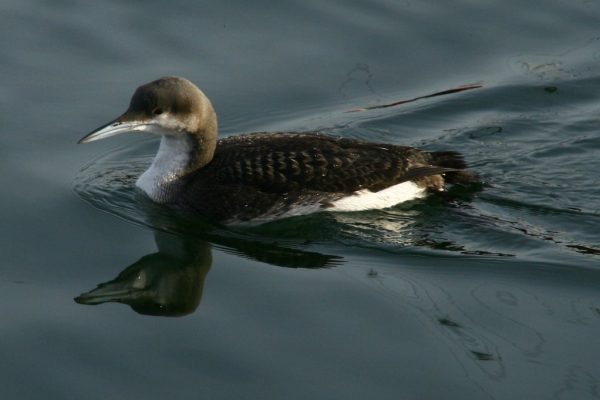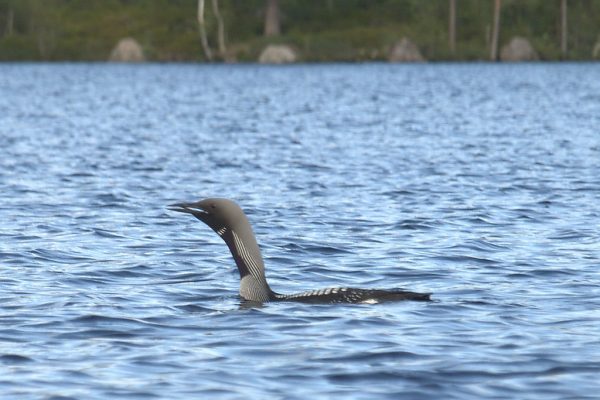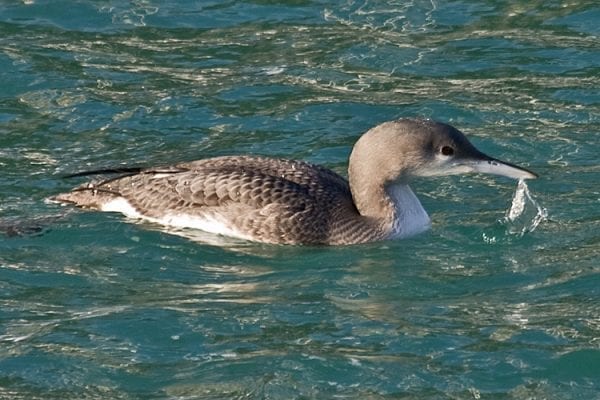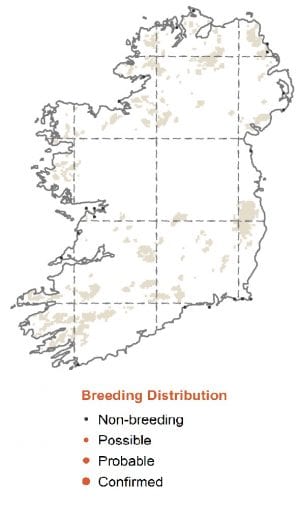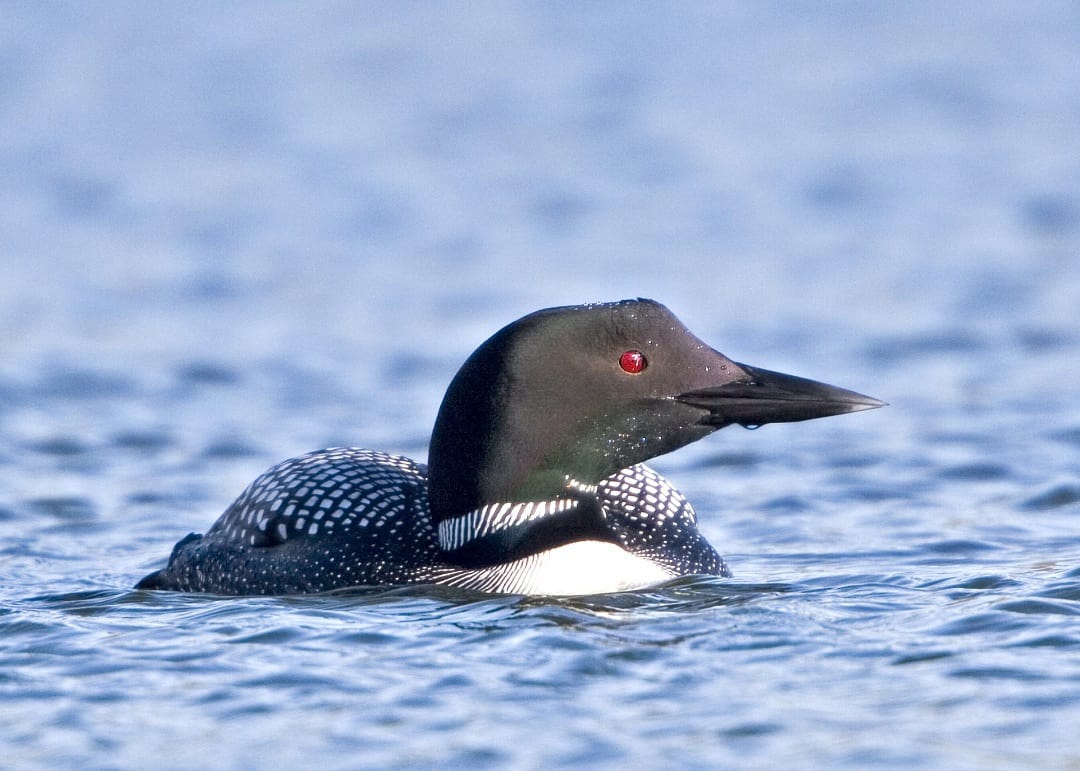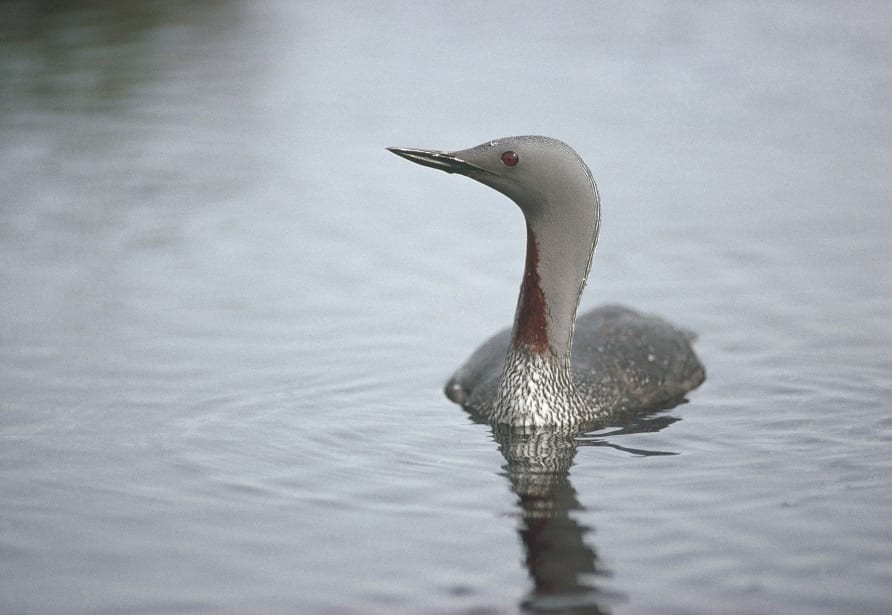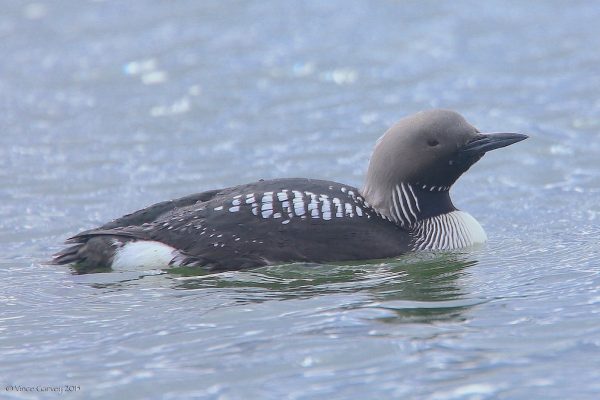
Black-throated Diver
| Irish Name: | Lóma Artach |
| Scientific name: | Gavia arctica |
| Bird Family: | Divers |
amber
Conservation status
Conservation status
Status
A scarce winter visitor to western and northern coasts from October to April.
Identification
Black-throated Divers are the least common of the three Diver species regularly wintering around Ireland’s coastline and tend to be less gregarious, with single birds or small groups of two to three birds usually observed. In Ireland this species will usually be seen in winter plumage when the bold black and white patterns of the upper body and black throat are absent. In winter plumage at least half the neck is dark and, on the water, birds have a distinctive isolated white patch on their rearmost flanks. Look for a dagger shaped bill carried in a near horizontal position and upper body plumage that is darker than that of the other diver species, which gives the impression of a low body position in the water. Compared to Red-throated Divers, Black-throated Divers have a longer, slightly bulkier body with a more prominent cheat and a broader heavier head and thicker neck (head and neck are the same thickness) The bill is slimmer than that of Great northern Divers.
Voice
Typically, silent over the winter only calling during the breeding season.
Diet
Mainly fish.
Breeding
There are no confirmed breeding records from Ireland and you are less likely to see Black-throated Divers during the summer. This species breeds in Scotland, Scandinavia, and from Russia, east to North America.
Wintering
Birds arrive from northern breeding areas in the autumn, feed in Irish waters over the winter and then return to breeding areas in the spring.

